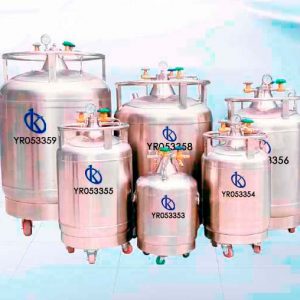Oxygen is on the World Health Organization’s list of essential drugs, yet it is not widely distributed in developing countries that carry the highest mortality burden for severely ill newborns, children, and adults. Poor oxygen access is often caused by cost and lack of infrastructure to install and maintain a reliable supply of gas. Even when oxygen supply is available in health care facilities, access to oxygen may be restricted because of lack of accessories, inadequate electricity supply, or a shortage of qualified staff.
Fortunately, the use of oxygen concentrators has been categorically proved to be a viable and costly strategy for oxygen therapy administration, especially when oxygen cylinders and intubated medical gas systems are inappropriate or absent. Good-quality concentrators can sustainably and reliably supply oxygen to many patients. These devices work by continuously extracting air from the environment to expel clean concentrated oxygen. They can operate for up to 5 years or longer, with a minimum of service and maintenance. Robust research data exists on the use and effectiveness of oxygen concentrators to increase access to life-saving oxygen therapy and improve the overall quality of health care in low-resource settings.
What’s an oxygen concentrator?
An oxygen concentrator is a medical instrument that provides oxygen therapy to patients with respiratory disease. Concentrators deliver more pure oxygen than air. They have become significantly more popular than compressed oxygen tanks. Unlike tanks, concentrators are not at risk of leaking and causing explosions or fires. For this reason, they are much safer to use in emergencies and military situations, where accidents are more likely. Oxygen concentrators are also used in some industrial applications, although their main use is for medical treatment.
How do these computers work?
Air is about 21% oxygen and 78% nitrogen, with the rest consisting of a mixture of other gases. Oxygen concentrators suction the air and filter the nitrogen, leaving pure oxygen available for treatment. They contain two zeolite towers that are filled with aluminum silicate. The air in the room is compressed and pumped into these towers, where the aluminum silicate absorbs nitrogen. The oxygen is then expelled from the zeolith towers, and the pure oxygen is pumped into a storage tank where it is held until the patient needs it. Static and mobile oxygen concentrators are available, and both operate on conventional current sources and batteries. They typically cost about $800, although many individuals and doctors rent devices from manufacturers
What is the so-called pulse-dose technology?
Pulse-dose technology is a new development in oxygen therapy that has been incorporated in most new concentrators. Traditionally, concentrators have provided a continuous supply of oxygen to a patient regardless of whether the patient was inhaling or exhaling. A pulse-dose system delivers oxygen in fixed increments that correspond to the inhalation component of a patient’s breathing cycle. In doing so, this technology prevents oxygen waste and increases the efficiency of a concentrator. Pulse-dose technology is particularly important in portable oxygen concentrators, which are smaller and have limited storage.
At Kalstein we have an excellent oxygen concentrator of the highest quality and the prestige that our equipment always has. So we invite you to take a look HERE

